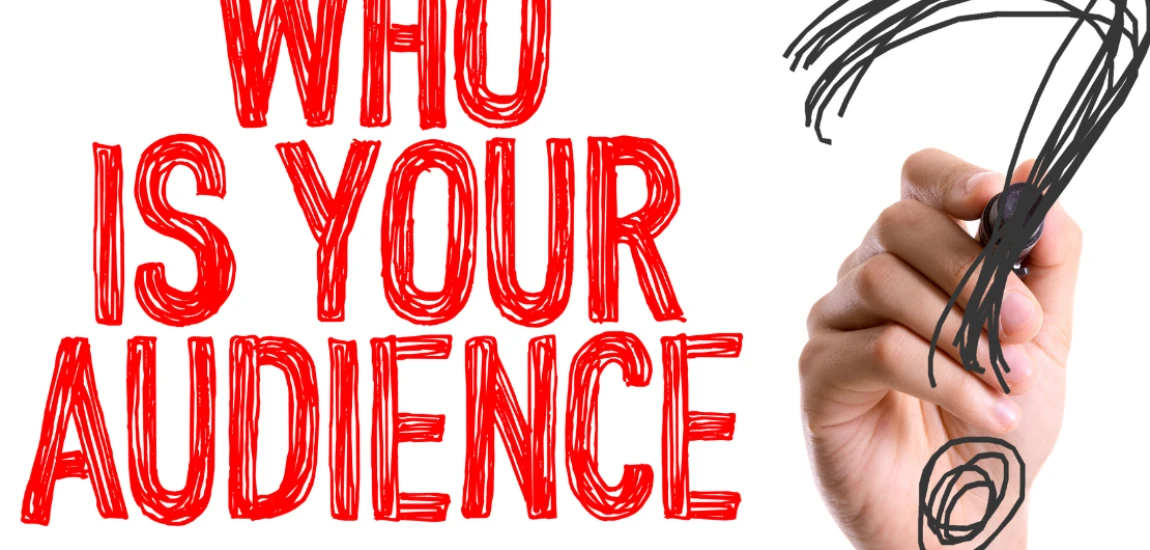The Invisible Audience: Performing Online for People Who Aren’t Even There

If you’ve ever drafted a tweet and deleted it, or hesitated before hitting “post” on Instagram, you’ve likely felt the weight of the invisible audience. This term describes the imagined group of people we picture on the other side of the screen—watching, judging, or interpreting our content. Unlike speaking to a real crowd, the audience online is shapeless, shifting, and often more imagined than real. Yet, their presence influences how we perform, what we share, and even how we see ourselves.
The concept isn’t new. In communication theory, scholars have long debated the idea of “imagined audiences,” the way people anticipate how others will react before saying something. But the internet amplifies this dramatically. On social media, where a single post can potentially be seen by friends, coworkers, strangers, or even future employers, the invisible audience becomes a constant factor in how we present ourselves.
And it doesn’t stop at the moment of posting. People perform for audiences who might never even see their content. TikTok creators rehearse jokes with the assumption of virality. Instagram users curate their feeds for followers who may have muted them. Even casual users adapt their tone depending on how they imagine others will perceive them.
This blog explores why the invisible audience has become such a powerful force in digital life, how it shapes online culture, and what it means for the way we navigate identity in an era of constant visibility.
The Invisible Audience: An Old Fear in a New Form
While the phrase invisible audience feels distinctly digital, the concept has deep psychological roots. Humans are inherently social beings, hardwired to care about how they are perceived by others. For centuries, people have adjusted their behavior in public spaces, whether it was through fashion, etiquette, or body language. What the internet did was collapse the boundaries between private and public life—and in doing so, it blurred the line between real and imagined observers.
On social platforms, the audience is always potentially “there,” even if they never interact. The silent viewers—those who never like, comment, or share—may exert more influence than the loudest ones. Users often think about what their boss, ex, crush, or family member might think before posting. This anticipatory awareness is exhausting because it requires constant self-monitoring, leading to what researchers call “context collapse.” That is, instead of tailoring behavior for separate audiences (friends at a party vs. colleagues at work), you’re forced to address them all at once.
Interestingly, the invisible audience also fuels much of the internet’s humor and creativity. Memes often work precisely because they assume a shared audience—“people who get it.” Performative posts, from thirst traps to political hot takes, thrive on the imagined gaze of others. Even disappearing formats like Instagram Stories or Snapchat capitalize on this dynamic: you know people could be watching, which makes the act of posting feel both ephemeral and significant.
In short, the invisible audience isn’t just a byproduct of online life—it’s central to how digital culture operates. And it explains much of the tension we feel between authenticity and performance.

Performing for People Who Aren’t Even There
One of the most fascinating aspects of the invisible audience is how often we perform for people who will never actually see our content. We curate playlists for hypothetical listeners, tweet jokes for followers who may never log on, or post selfies in the hopes of validation from someone specific—who might not even be paying attention.
This phenomenon can be seen in the way many people reference “lurkers”—the silent consumers of content who never engage. Even without direct interaction, their imagined presence influences content creation. That’s why someone with only 50 followers might still agonize over whether their caption sounds clever enough.
It also extends to how people rehearse identities online. Social media often functions as a testing ground for versions of the self. A user might post edgy jokes to appeal to a group of imagined peers, or craft long-form captions to appear thoughtful and articulate. The audience for these performances may never respond—or may never exist at all—but the act of performing still shapes behavior.
Ironically, platforms themselves encourage this. Algorithms reward content that seems “performative” or “shareable,” creating an environment where users feel they must always play to an audience. The line between authentic expression and strategic performance blurs. Are you really posting because you want to share, or because you hope your invisible audience approves?
This endless performance cycle can lead to burnout and digital fatigue. Yet at the same time, it provides a sense of community—even if that community is largely imagined. The invisible audience validates the idea that we’re being seen, even in the absence of engagement.

The Psychological Weight of Being Seen (or Not Seen)
Living with an invisible audience isn’t just about performance; it’s about the psychological pressure of feeling like you’re always on stage. Social media creates what sociologist Erving Goffman once called the “front stage” of life—a space where you carefully manage impressions. But unlike traditional public life, the online stage never closes.
The constant awareness of being watched—whether real or imagined—can heighten anxiety. Users worry about saying the wrong thing, posting at the wrong time, or appearing “cringe.” Fear of judgment leads to self-censorship, where people avoid posting altogether, or hyper-curation, where every detail is calculated. For younger generations who have grown up with this visibility, the line between private and public self becomes increasingly difficult to draw.
There’s also the flip side: the feeling of invisibility. Posting something and receiving no engagement can feel like rejection from the audience you imagined. This disconnect between the effort of performance and the lack of recognition creates what psychologists call “social reward deficit.” In simple terms, it feels bad to perform without applause.
This tension—between being overly visible and completely invisible—shapes much of our online experience. It explains why people chase virality, delete posts that “flop,” or create alternate accounts (finstas, spam accounts, alts) where the audience feels more manageable.
Ultimately, the invisible audience is both empowering and oppressive. It gives users a sense of visibility but also traps them in cycles of validation-seeking. Navigating this balance is one of the central challenges of digital life.

How to Reclaim Agency in a World of Imagined Audiences
So, what can we do about the invisible audience? If it’s an unavoidable feature of online culture, how can users navigate it without succumbing to constant performance anxiety? Here are a few actionable strategies:
Define Your Real Audience: Instead of imagining a vague, massive audience, identify who you actually want to reach. Is it friends, colleagues, or a niche community? Tailoring content to a specific group reduces anxiety about pleasing “everyone.”
Create Boundaries with Alt Accounts: Many users already do this with private Instagrams or anonymous TikTok accounts. Having separate spaces for different identities can reduce the pressure of context collapse.
Shift Focus to Expression, Not Reaction: Instead of chasing likes and comments, reframe posting as an act of expression. Share because it matters to you, not because you expect validation.
Practice Digital Minimalism: Limit posting frequency or exposure to algorithm-driven platforms. This doesn’t mean disappearing, but curating your own engagement in ways that feel sustainable.
Normalize Flopping: Not every post has to succeed. Treat social media as a space of experimentation rather than constant performance. Embracing failure can make the invisible audience feel less intimidating.
By reframing the role of the audience, users can regain a sense of agency in how they present themselves online.




